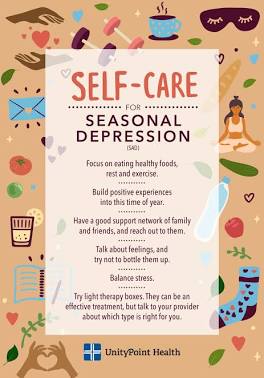Looking to go to college? It’s time to alter your studying strategies.
Due to busy schedules, high school students tend to cram there studying right before classes. WIth the rigorous workload of college, the cramming strategy most high school students adopt will not work anymore.
The common method used when high school students study is to re-read notes and assignment articles. This method of preparation works right before a test, but if you’re trying to assimilate knowledge for the future, this strategy is ineffective. The students at the learning center at University of North Carolina at Chapel Hill suggest another method, “Think of reading as an important part of pre-studying, but learning information requires actively engaging in the material.” Here are some adjustments to make before attending college from a novel called “Make It Stick: The Science of Successful Learning.”
- Spaced Practice
By spacing studying out instead of cramming, you take the same amount of study time and spread it out across a much longer period of time. This strategy for studying will produce long-lasting learning. When you think about it, cramming actually takes more time than spacing. For example, five 1 hour increments compared to one 5 hour increment, you spend less time studying when you space out your increments.
As quickly as you obtain the information, you may also forget it. Although studying the night before the exam will be beneficial when you test, it will not be so helpful when you have to remember the information for future classes. In Make It Stick: The Science of Successful Learning, the authors of the book state that “It is therefore very inefficient to forget everything you learned for one test, only to have to re-learn it again later along with new, more complicated information.”
- Noise Environment
A small, but important aspect of engaged studying is the noise environment you surround yourself in. Most recommend a quiet library or cafe where you can relax and focus your mind on only the task at hand. However, a study spot can be wherever you feel the most productive. Some may find it better to study in a busy, loud environment. For example, a sporting event or the mall. Find a spot that makes you feel the most productive and comfortable. Remember, most strategies for engaged studying requires reciting material out loud, so keep that in mind when location shopping.
- Retrieval Practice
Retrieval practice involves recreating something you’ve learned in the past from your memory, and “retrieving” it. The most important part of this strategy is forgetting the information, just enough so it is retrievable. This strategy actively trains your brain into remembering information. In other words, it helps eliminate forgetting. Even though forgetting is natural for humans, retrieval practice ultimately secures the material in memory, and helps you recall it in the future. According to the College of General Studies at the University of Pittsburg, here are some ways you can practice retrieval:
- Write down thoughts and questions
- Prepare an outline
- Read summaries and required readings
- Takes notes
- Be attentive during lectures and classes
In high school, your time is structured by other people. In college, YOU manage your own time. Take the time to lock in a solid studying strategy, so when the time of long lectures and intimidating exams presents itself, you won’t feel so overwhelmed.






